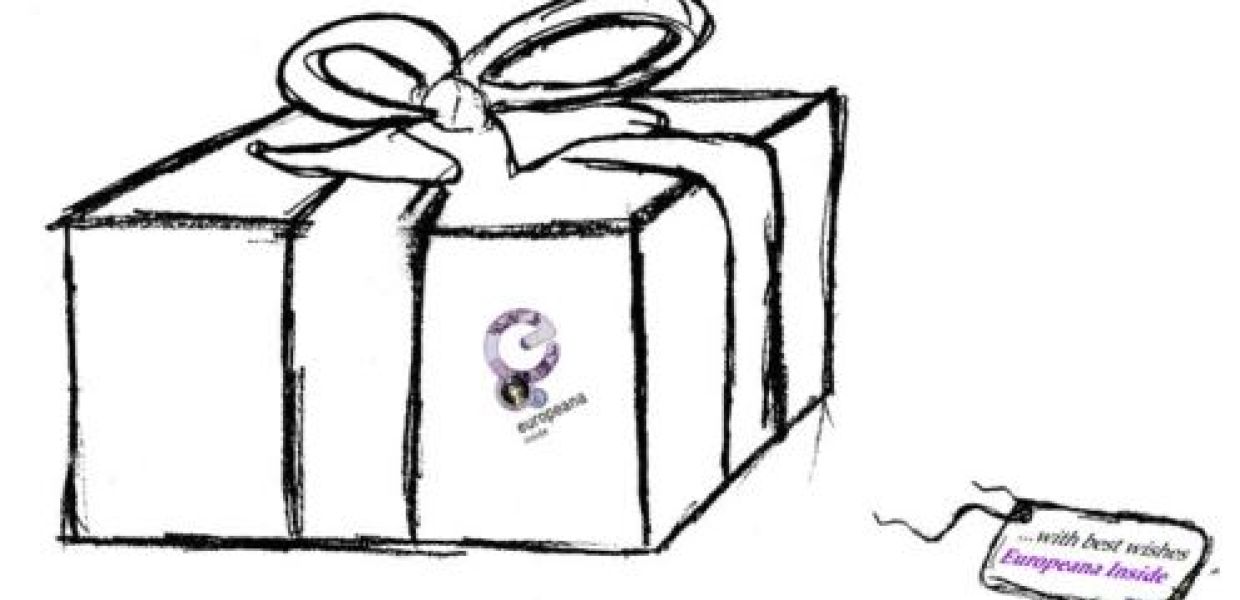Tool compares Europeana and DPLA APIs

Today, Xavier Agenjo from DIGIBIS (a company offering digitisation services and software solutions for cultural heritage institutions) tells us about their experiment comparing the Europeana API with the Digital Public Library of America API.
Here at DIGIBÍS we have been following the development of the Europeana ecosystem with great interest. We were the first Spanish company to integrate the Europeana Application Programming Interface (API) into a production website: Hispana, the Spanish national aggregator and have since embedded the API for some other Spanish digital libraries. We also developed europeana4j, a Java library that provides a clean Java interface for the Europeana Search API.
We think that the Europeana API is useful not only for large libraries but also, and perhaps even more so, for small and medium-sized institutions that can use it to complement their collections by adding all the content from Europeana in one search. We are also using the API from the Digital Public Library of America (DPLA), with the same basic objective. Many American institutions have large Hispanic collections about the history and culture of Spain and Latin America which are of great interest to us. Connections between European and American cultural heritage are obvious, as shown in the Europeana/DPLA exhibition 'Leaving Europe: A New Life in America'.
We are following the development of the Digital Public Library of America closely. We greatly appreciate the openness of this project, with its early prototypes and public discussion of its APIs, and the collaboration between the DPLA and Europeana. The rapid maturing of the DPLA APIs, and the launch of the EUROPEANA version 2 API, gave us the idea of preparing a simple experiment to compare both APIs and evaluate the work needed to implement the DPLA API. Bartosz Zawada (DIGIBÍS Software Department) quickly accepted the challenge of preparing the tool you can find at digibis.com/dpla-europeana.
Our test website presents a simple search box and shows the search results found at the DPLA and Europeana side by side. It allows quick comparison of the number of results from both sites, and easy navigation through those results, as an example, see this search for ‘Albert Einstein’. Each record shows all the information that the APIs return, with a link to the original source.
This little experiment shows that it is necessary to refine your queries if you wish to obtain only the most relevant results. There are features we would like to see added to both APIs, such as the possibility to sort results in the Europeana API, which would permit a better comparison by presenting both result sets sorted by author or by date. Europeana, but not the DPLA, provides a quick way of showing a thumbnail of an item, which greatly improves the page design. And the DPLA retrieves items with full text, not just the metadata.
Conclusion: the Europeana and DPLA APIs make it easy to discover information sources that were previously unknown or unforeseen and to go directly to a digital version of an item. I hope our little tool will encourage other developers to use these fine APIs, and will encourage the API developers to keep up the great work and continue adding new features.
DIGIBÍS is a company, owned by the Fundación Ignacio Larramendi, which offers digitisation services and software solutions for cultural heritage institutions, with a heavy emphasis on research, development and innovation in the domain of digital libraries, archives and museums.
